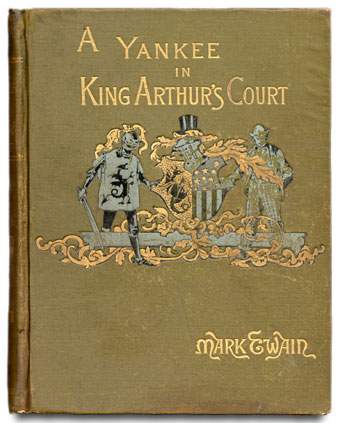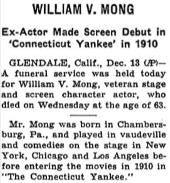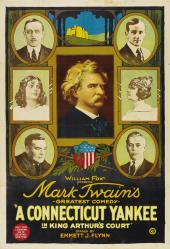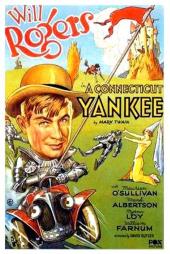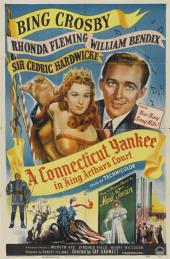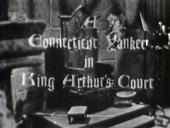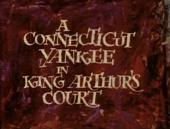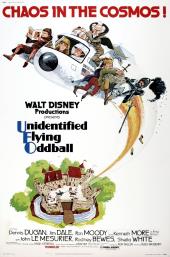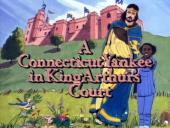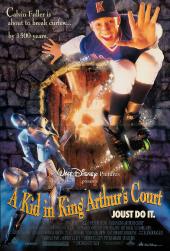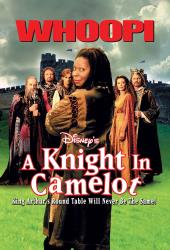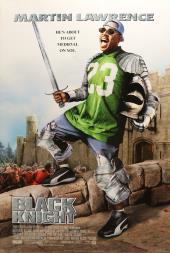Novel
A Yankee in King Arthur’s Court
- by Mark Twain
- (Charles L. Webster, 1889)
A clonk on the head transports Hank Morgan from the 19th century back to the time of Camelot. We classify Yankee as science fiction not because of its clonk-on-the-head method of time travel, but rather for Hank’s dogged desire to bring modern technology to the Middle Ages. —Michael Main
You know about transmigration of souls; do you know about transportation of epochs—and bodies?

